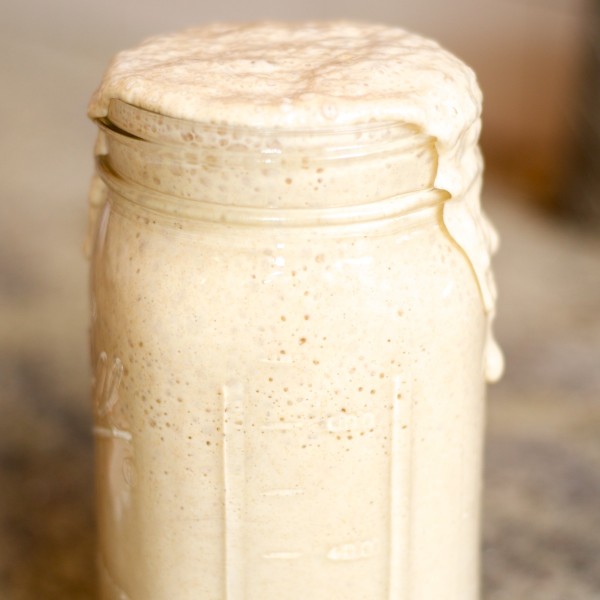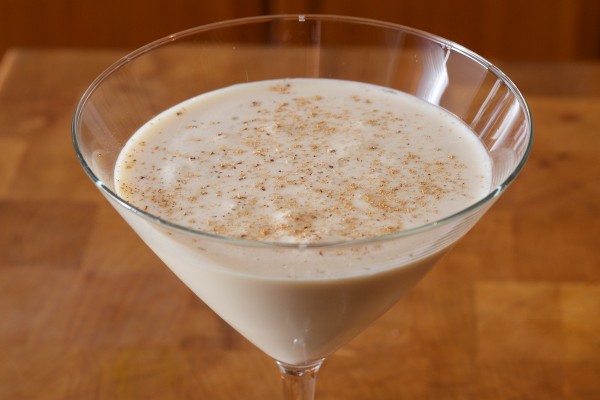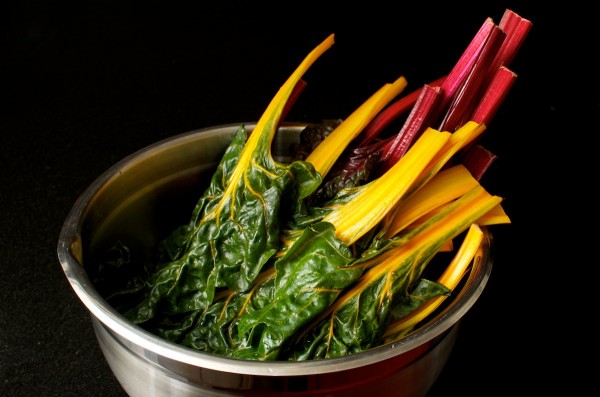It just doesn’t occur to people to make some things at home. English muffins are one of those things. But you should! They aren’t that hard, and unlike chocolate chip cookies, whom everyone in the world feels empowered to make at home, they are quite unusual which will make you feel Bad-A when you serve them up at brunch. These english muffins are don’t have any commercial yeast, instead they are leavened with my sourdough starter. They have a wonderful mild sourness, but are totally suitable to being eaten with a little jam or honey. They really are superior to Thomas’.
This recipe is based on Peter Reinhart’s excellent from “Artisan Breads Every Day”, but adapted to use my sourdough starter instead of commercial yeast. The recipe has a few strange twists. For instance, adding baking soda to the batter after it has risen over night. The purpose of the baking soda is to give it a bit of extra lift, contributes to the characteristic pockets and crannies of a good english muffin, and to raise the pH of the batter, which enhances browning. The muffins are also cooked in a pan, not in the oven! (Continued)









